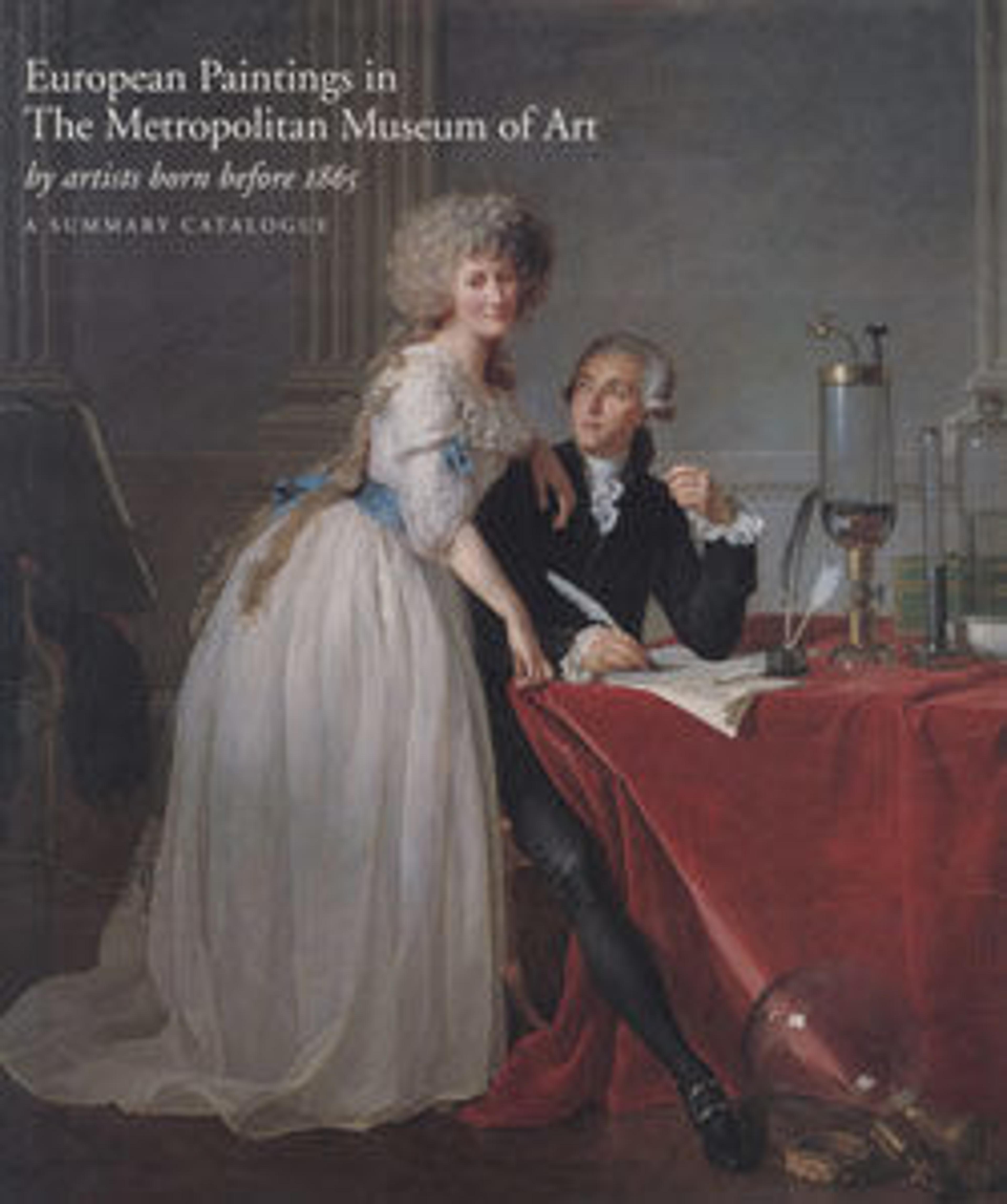The Dispatch-Bearer
The Dispatch-Bearer was exhibited at the Salon of 1881. As de Neuville explained in the exhibition catalogue, this painting depicts an incident from the Franco-Prussian War, 1870–71. A French soldier, disguised as a peasant, was caught during an attempt to pass through the German lines surrounding the French city of Metz. He knew that when the German officers finished their search and interrogation he would be shot. Metz capitulated after a fifty-four day siege, and after the war the city was ceded to the Germans. The present painting, extolling the courage and bravery of the captured Frenchman, is an example of the numerous paintings with patriotic and nationalistic themes that appeared in the Salons during the seventies and eighties. As one critic wrote, "This dark haired man with his fine proud features, and strong agile body, and solid lively elegance, this man carries in his face the authentic mark of the race. Who could fail to recognize in him a son of France?"
Artwork Details
- Title:The Dispatch-Bearer
- Artist:Alphonse-Marie-Adolphe de Neuville (French, Saint-Omer 1835–1885 Paris)
- Date:1880
- Medium:Oil on canvas
- Dimensions:51 1/4 x 84 in. (130.2 x 213.4 cm)
- Classification:Paintings
- Credit Line:Bequest of Collis P. Huntington, 1900
- Object Number:25.110.26
- Curatorial Department: European Paintings
More Artwork
Research Resources
The Met provides unparalleled resources for research and welcomes an international community of students and scholars. The Met's Open Access API is where creators and researchers can connect to the The Met collection. Open Access data and public domain images are available for unrestricted commercial and noncommercial use without permission or fee.
To request images under copyright and other restrictions, please use this Image Request form.
Feedback
We continue to research and examine historical and cultural context for objects in The Met collection. If you have comments or questions about this object record, please contact us using the form below. The Museum looks forward to receiving your comments.
